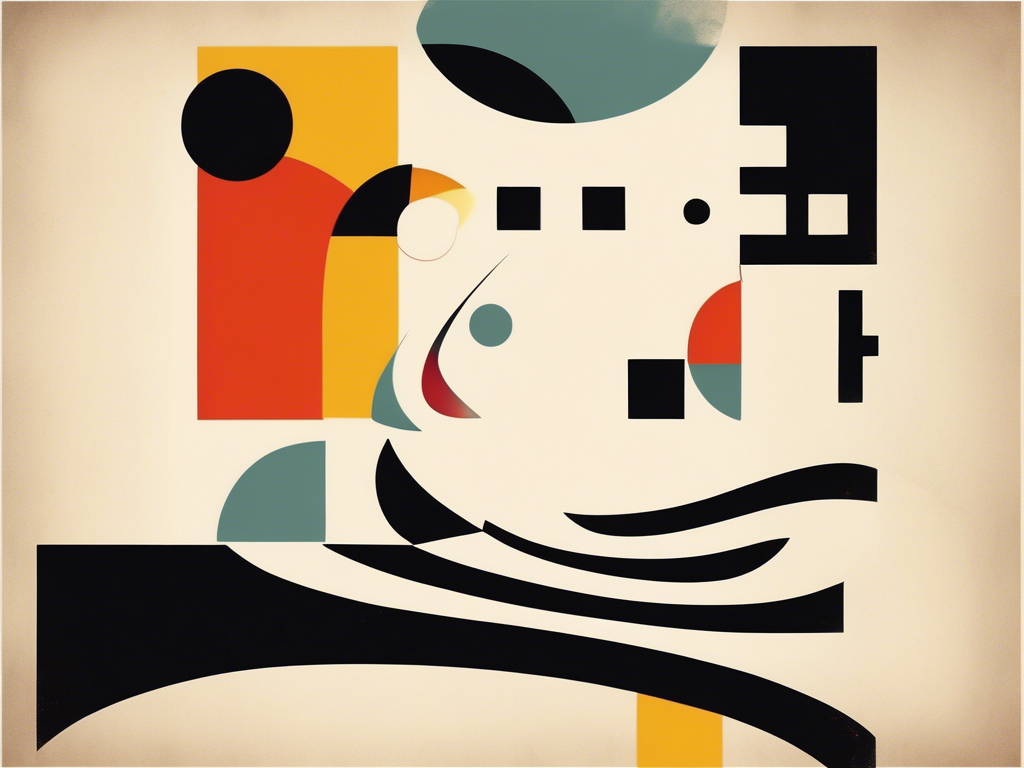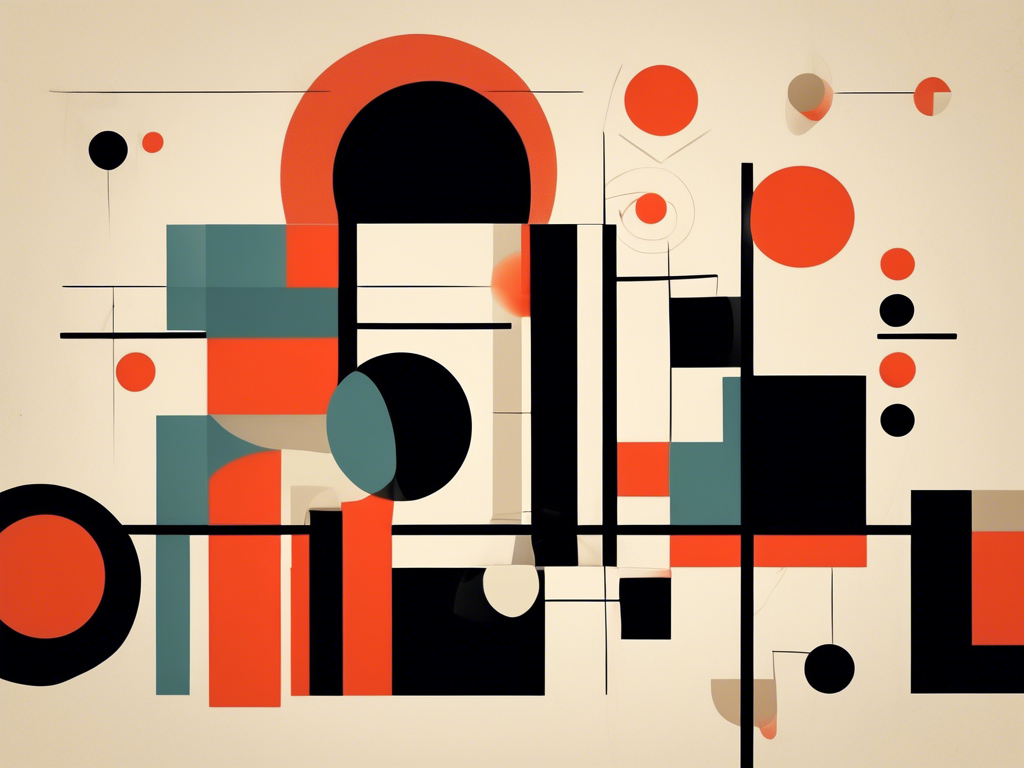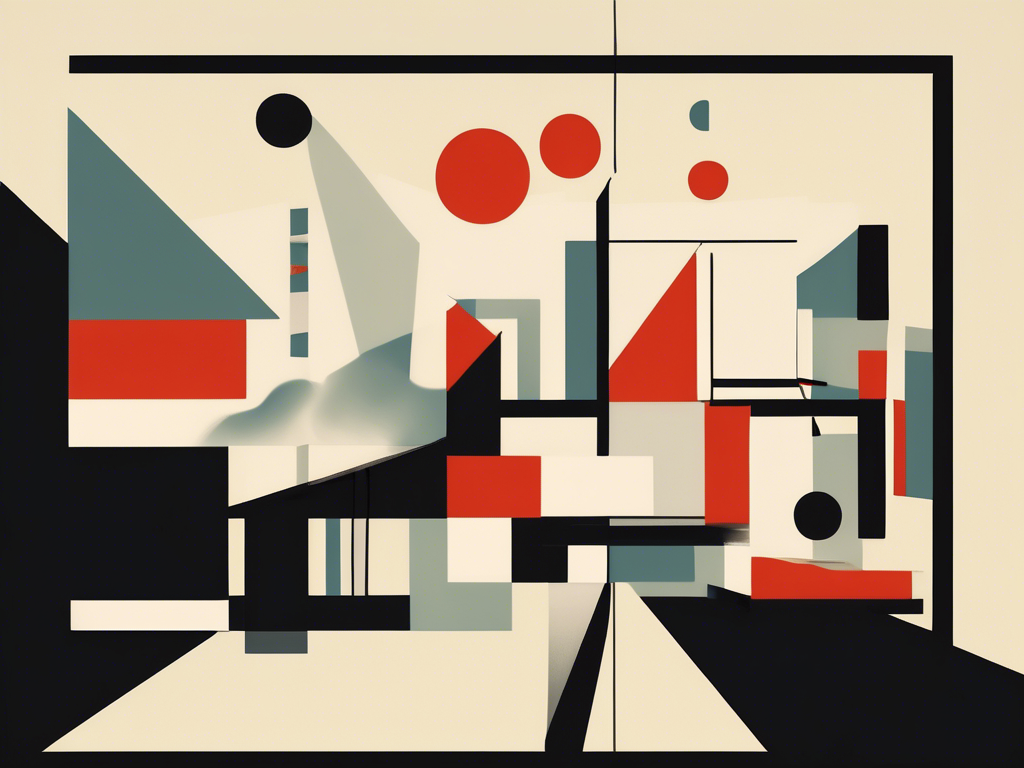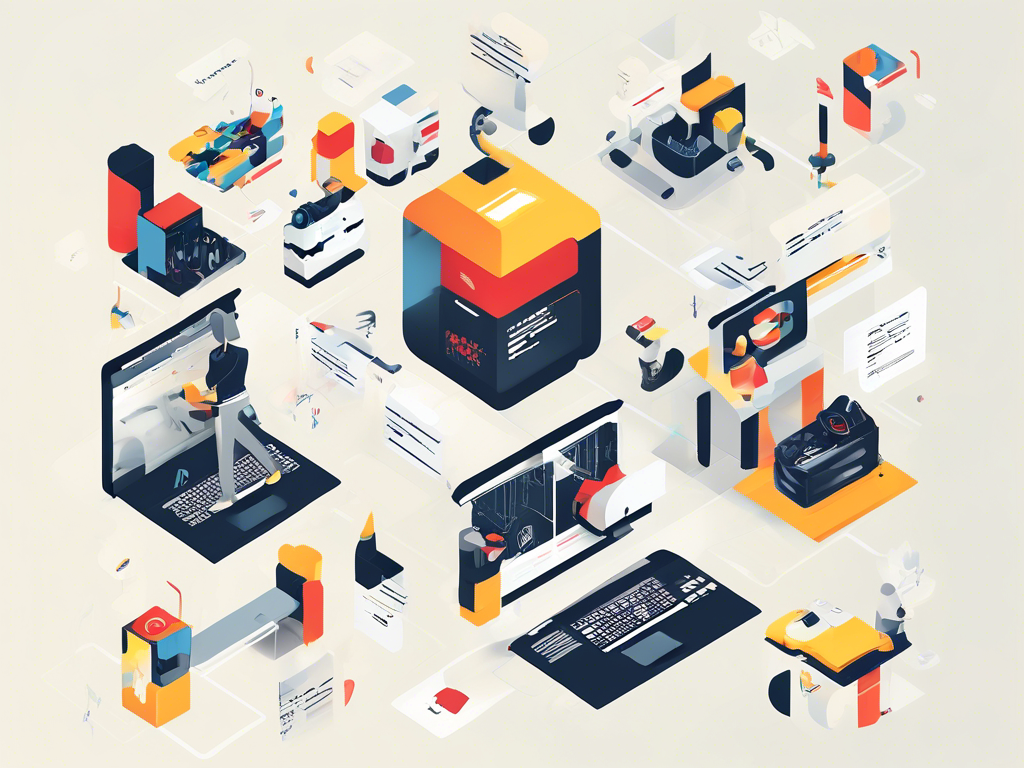Imagine a world where web design evolves beyond the constraints of human creativity, where sites are tailored to each visitor with uncanny precision. This is no longer the stuff of sci-fi; it’s the emerging reality powered by Artificial Intelligence (AI). As we stand on the brink of a new digital epoch, AI is no longer just an ancillary tool but a transformative force reshaping the future of web design.
In this article, we delve into the burgeoning role of AI in shaping modern web design trends, offering an unparalleled fluidity and intuitiveness to the user experience. AI technologies are not just revolutionizing user interfaces but also underpinning the next wave of user experience (UX) innovation, making interactions more personal and engaging. At the heart of these advancements lies machine learning, a subset of AI that enables websites to adapt and personalize content real-time, enhancing both functionality and user satisfaction.
But how can designers and businesses future-proof their online presence? By integrating AI into their web design strategies, they can stay ahead of the curve. This narrative unfolds further as we explore the spectrum of AI-powered tools and platforms that are set to transform the web design industry. Prepare to be dazzled by an exploration of AI’s potential to redefine the very fabric of web design and user interaction.
Exploring the Role of Artificial Intelligence in Modern Web Design Trends

Automated User Experience Design
The advent of artificial intelligence (AI) in the realm of web design marks a revolutionary leap towards automated and personalized user experiences. AI technologies, particularly machine learning algorithms, are now capable of analyzing vast amounts of data about a website’s visitors. This analysis enables the creation of dynamic user interfaces that adapt in real-time to meet individual user needs. By leveraging predictive analytics, AI can anticipate user actions and tailor the web experience accordingly, significantly enhancing user satisfaction and engagement. The automation of user experience (UX) design not only streamlines the design process but also ensures a higher level of precision in creating interfaces that are genuinely user-centric.
—
Intelligent and Responsive Web Elements
AI’s influence extends beyond the analytical, venturing into the creative aspects of web design through the generation of intelligent and responsive web elements. Chatbots powered by natural language processing (NLP) offer an interactive and personalized communication channel for visitors. Such AI-driven tools can guide users through the site, provide instant customer support, and even handle transactions, making the website more accessible and user-friendly. Furthermore, AI is instrumental in developing adaptive web elements that respond to user behaviors and environmental changes, such as adjusting layouts for optimal viewing on different devices or altering content presentation based on the time of day. These intelligent design features not only elevate the aesthetic appeal of a website but also significantly improve its functionality and user engagement.
AI’s integration into web design heralds a new era of digital innovation, where websites are not just static digital brochures but dynamic, intelligent platforms that offer a bespoke experience to every visitor. As AI technology continues to evolve, its role in shaping modern web design trends promises to grow, offering exciting possibilities for the future of online interactions.
AI and the Future of Web Design
Enhancing User Interfaces with AI-driven Aesthetics
The infusion of AI technologies into the realm of user interface (UI) design is transforming aesthetics from static visuals to dynamic, user-responsive experiences. AI’s capability to analyze user preferences and behaviors in real-time has led to the development of interfaces that can adapt their visual elements — such as color schemes, layouts, and even typographies — to enhance individual user engagement. This level of personalization ensures that the UI not only appeals aesthetically to the user but also resonates with them on a more intuitive level, making their interaction with the website more enjoyable and effective. The use of AI in creating adaptive UI elements represents a significant shift towards more immersive and personalized online environments. By prioritizing user-centric design principles, AI is setting a new standard for how interfaces are conceptualized and implemented, making them not just functional but truly engaging.
—
Revolutionizing User Experience Through Predictive AI
Predictive AI is at the forefront of revolutionizing user experience (UX) by leveraging data to forecast user needs and preferences, thereby facilitating a more proactive approach to design. This form of AI utilizes algorithms and machine learning to analyze user interaction patterns, enabling the anticipation of future actions and the customization of the user journey accordingly. The integration of predictive AI into website design allows for the automatic adjustment of content, recommendations, and even navigation paths to suit the unique needs of each visitor. This not solely enhances user satisfaction through tailored experiences but also boosts website efficiency by streamlining users’ ability to find relevant information or products. Predictive AI thus represents a pivotal advancement in creating intuitive and responsive web environments that cater to the nuanced preferences of users, marking a significant leap toward truly user-centric digital spaces.
The Impact of Machine Learning on Website Personalization and Functionality

Customizing User Experiences Through Data Analysis
Machine learning, a subset of AI technology, has radically transformed the way websites understand and interact with users. By analyzing data collected from user interactions, machine learning algorithms can predict user preferences and behavior patterns. This capability enables websites to offer highly personalized experiences, tailoring content, recommendations, and even navigation to each user’s unique set of interests and needs. The impact of this level of personalization is profound, significantly enhancing user satisfaction and engagement rates. Websites are no longer static entities but dynamic platforms that evolve in real-time to match the expectations of their users. The use of machine learning for website personalization not only improves the user experience but also contributes to stronger brand loyalty and higher conversion rates.
—
Improving Website Functionality with Predictive Capabilities
The integration of machine learning algorithms extends beyond personalization, significantly enhancing website functionality. These algorithms analyze vast amounts of data to identify trends and patterns, which can be used to predict what users might look for next. This predictive capability allows for the automatic optimization of website elements such as search functions, content layout, and even load times, ensuring a smooth and efficient user journey. For instance, by anticipating the most sought-after products or information during certain times of the year, a website can adjust its content hierarchy accordingly, making it easier for users to find what they need. Additionally, machine learning can help identify and rectify usability issues before they impact the user experience, thereby maintaining a high level of website performance. The role of machine learning in enhancing website functionality is crucial, as it not only contributes to a more intuitive and responsive user interface but also supports operational efficiency, making the digital space more accessible and enjoyable for users.
Future-Proofing Your Web Design Strategy with AI Integration
Leveraging AI for Scalable Design Solutions
Integrating artificial intelligence (AI) into your web design strategy offers an unparalleled advantage in creating scalable solutions that can adapt and evolve with technological advancements and user expectations. By harnessing the power of AI, designers and developers can automate repetitive and time-consuming tasks, such as coding standard layouts or testing usability, freeing them to focus on more innovative aspects of web design. This automation ensures that websites remain at the cutting edge of design trends without requiring constant manual updates. Moreover, AI-driven tools can analyze user data in real-time, identifying patterns and preferences that inform the ongoing optimization of website design for enhanced user engagement. The ability to rapidly adapt and optimize web elements based on user interaction makes AI an invaluable asset in maintaining a dynamic and future-proof digital presence.
—
Ensuring Long-Term Relevance with AI
The integration of AI technologies into web design goes beyond immediate efficiencies and user experience enhancements; it is a strategic move to ensure the long-term relevance and competitiveness of your digital offerings. AI’s capability to process and learn from vast quantities of data allows for the anticipation of future trends and user needs, enabling proactive adjustments to web design strategies. This foresight can be the difference between leading the market and playing catch-up. Furthermore, AI facilitates the creation of more personalized and accessible web experiences, which are becoming increasingly important in a diversified and global online market. As algorithms become more sophisticated, the potential for creating highly individualized user experiences grows, setting a new standard for what users expect from their online interactions. By future-proofing your web design strategy with AI, you position your website not just to meet current standards but to push the boundaries of what is possible in creating engaging, effective, and intuitive online environments.
AI-Powered Tools and Platforms: Transforming the Web Design Industry

Streamlining Design Processes with AI Automation
The introduction of AI-powered tools and platforms has significantly streamlined the web design process, making it faster and more efficient. By automating routine tasks such as code generation, layout design, and image optimization, AI enables designers to focus on the more creative aspects of their projects. This shift not only accelerates the development cycle but also reduces the potential for human error, ensuring a higher quality output. Moreover, AI-driven platforms can offer predictive design suggestions, helping to refine aesthetics and usability without extensive trial and error. The use of AI automation in streamlining design processes represents a monumental shift towards more innovative, efficient, and precise web development practices.
—
Enhancing Creativity and Customization through AI
Beyond streamlining repetitive tasks, AI-powered tools are revolutionizing the creative landscape of web design by offering advanced customization options and inspiring new forms of creativity. With technologies like generative design, AI algorithms can generate unique design elements based on initial parameters set by the designer, pushing the boundaries of conventional design frameworks. This capability allows for the exploration of countless design variations in a fraction of the time it would take manually, facilitating a more experimental and innovative design process. Furthermore, AI-driven analytics can provide deep insights into user behavior and preferences, enabling designers to tailor web experiences to specific target audiences with unprecedented precision. The contribution of AI to creativity and customization in web design is profound, empowering designers to create more engaging, effective, and personalized websites than ever before.
Summing up
Throughout this discussion, we have traversed the fascinating landscape where AI intersects with web design. It’s clear that AI’s influence on design trends, user experience, and interface personalization is not just substantial; it’s revolutionary. With machine learning algorithms, websites can now offer a deeply personalized experience, effectively making every user interaction unique and catering to the individual preferences of visitors. The breadth of AI-powered platforms is laying the groundwork for an industry-wide metamorphosis that will define the coming years.
To remain competitive in this rapidly evolving arena, embracing AI is not merely an option—it’s imperative. As businesses and designers, the challenge is twofold: integrate AI to enhance current website performance while also gearing up for the seismic shifts lying ahead. It’s about being proactive, not reactive, thereby ensuring that your web design approach remains resilient and relevant in the face of AI’s relentless march forward.
As we look to the horizon, one thing is certain—the future of web design is inseparably entwined with the capabilities of AI. Whether you’re a developer, a designer, or a business owner, the call to action is clear: harness the power of AI to craft delightful, efficient, and groundbreaking web experiences that resonate with users today and for years to come. Let us commit to this paradigm shift, where every click and interaction is an opportunity to learn, adapt, and thrive in the dynamic tapestry of the digital age.
